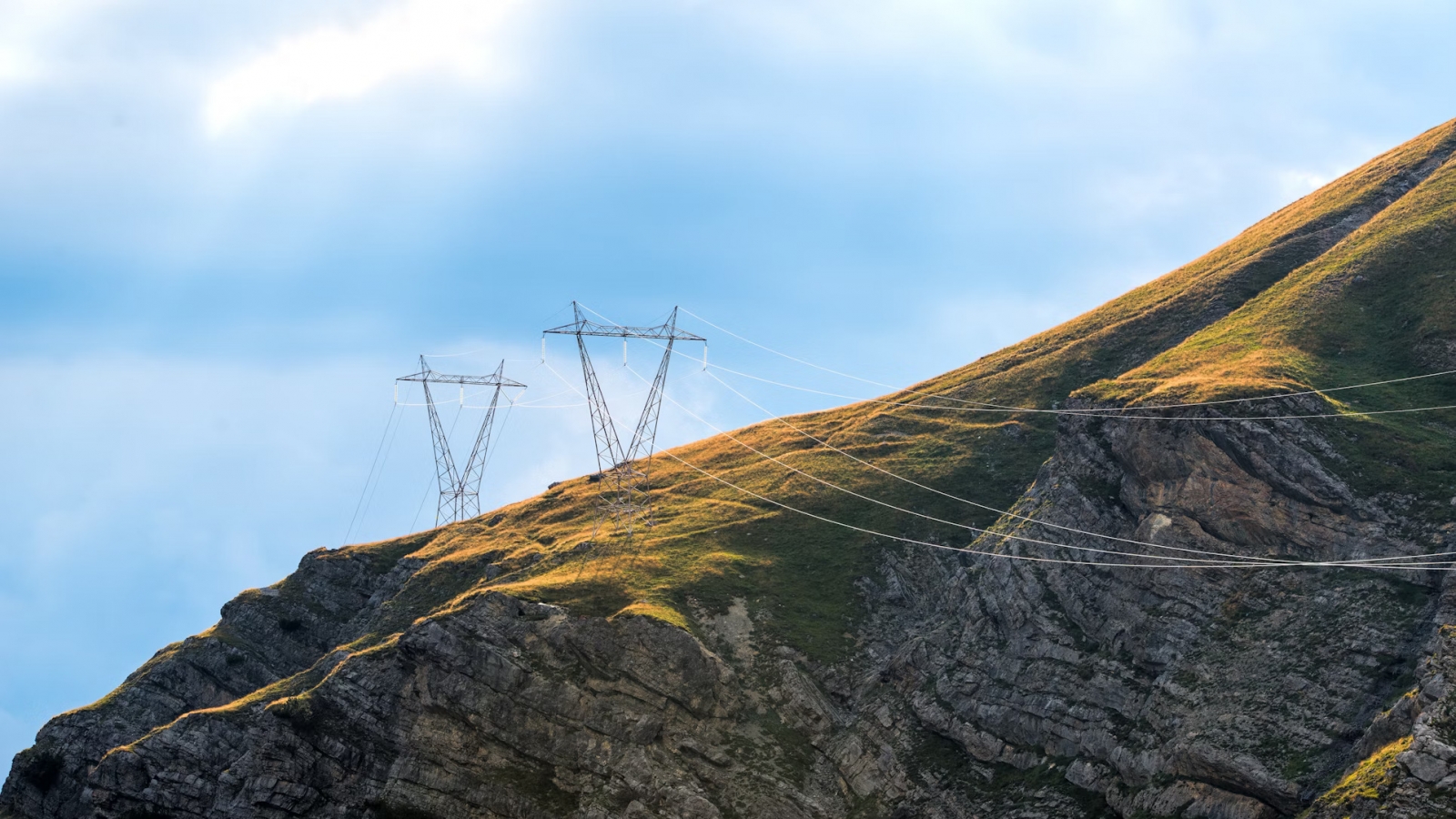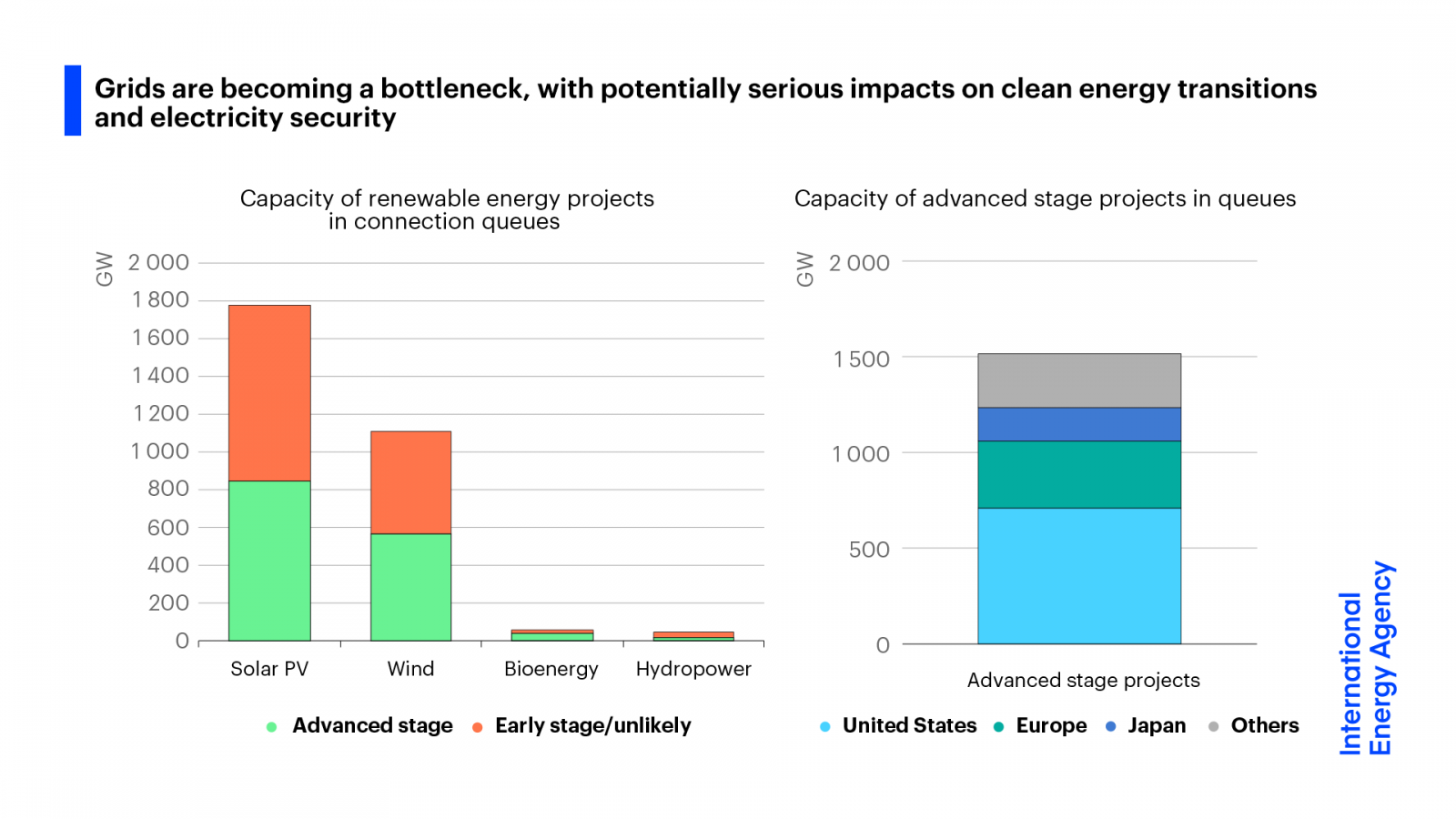The world must add or replace 80 million kilometers of electricity grids by 2040 for countries to meet their climate goals, according to the latest report published by International Energy Agency (IEA). The amount is equivalent to all grids currently in operation around the globe.

(Photo: IEA)
This is the first-of-its-kind report related to power grids and energy transition of IEA who calls for policymakers and companies to improve and expand grids. IEA estimates annual investment in grids needs to double to more than $600 billion by 2030, otherwise, efforts to tackle climate change and ensure reliable supplies of electricity could be put at risk.
“Governments need to open their eyes – if we want clean electricity, we not only need clean electricity generation, but we need to build grids. It has been a blind spot of the clean energy transition programs of governments.” Fatih Birol, the executive director of IEA told the Guardian.
Demand for electricity is predicted to surge as many consumers switch to low-carbon alternatives, however, grid-building takes time more than expected. “New grid infrastructure often takes at least 5 years to plan, permit and complete – compared with 1 to 5 years for new renewables projects and less than 2 years for new charging infrastructure for electric vehicles. Several UK renewable energy projects even waited up to 15 years.
The report identified worth-around-1,500GW renewable energy projects, five times as much as the solar and wind capacity added globally in 2022, waiting to be connected to the grid. IEA warns that a slower rollout of renewables due to a failure to properly update national electricity grids could result in an extra 60 billion tons of CO2 emissions between 2030 and 2050 because of increased fossil fuel generation.

IEA analysis shows a growing queue of advanced stage renewables projects - about 1,500 GW worth - waiting to be connected to the grid in key markets. (Photo: IEA)
The report cited the South Link transmission project to carry wind power from northern to southern Germany. First planned in 2014, it was delayed after political opposition to an overhead line. Completion is expected in 2028 instead of 2022. Other important projects that have been held up includes the Bay of Biscay connector between Spain and France, and the high-voltage line to bring wind power from New Mexico to Arizona and California in America.
The planned ASEAN power grid also faces similar problem which leads ASEAN countries to cooperate. Malaysia-based utility company Tenaga Nasional Berhad (TNB) signed MOU with Indonesia’s PT Perusahaan Listrik Negara and the ASEAN Centre for Energy to conduct a joint feasibility study for a potential cross-border electricity interconnection between Sumatra, Indonesia, and Peninsular Malaysia.




